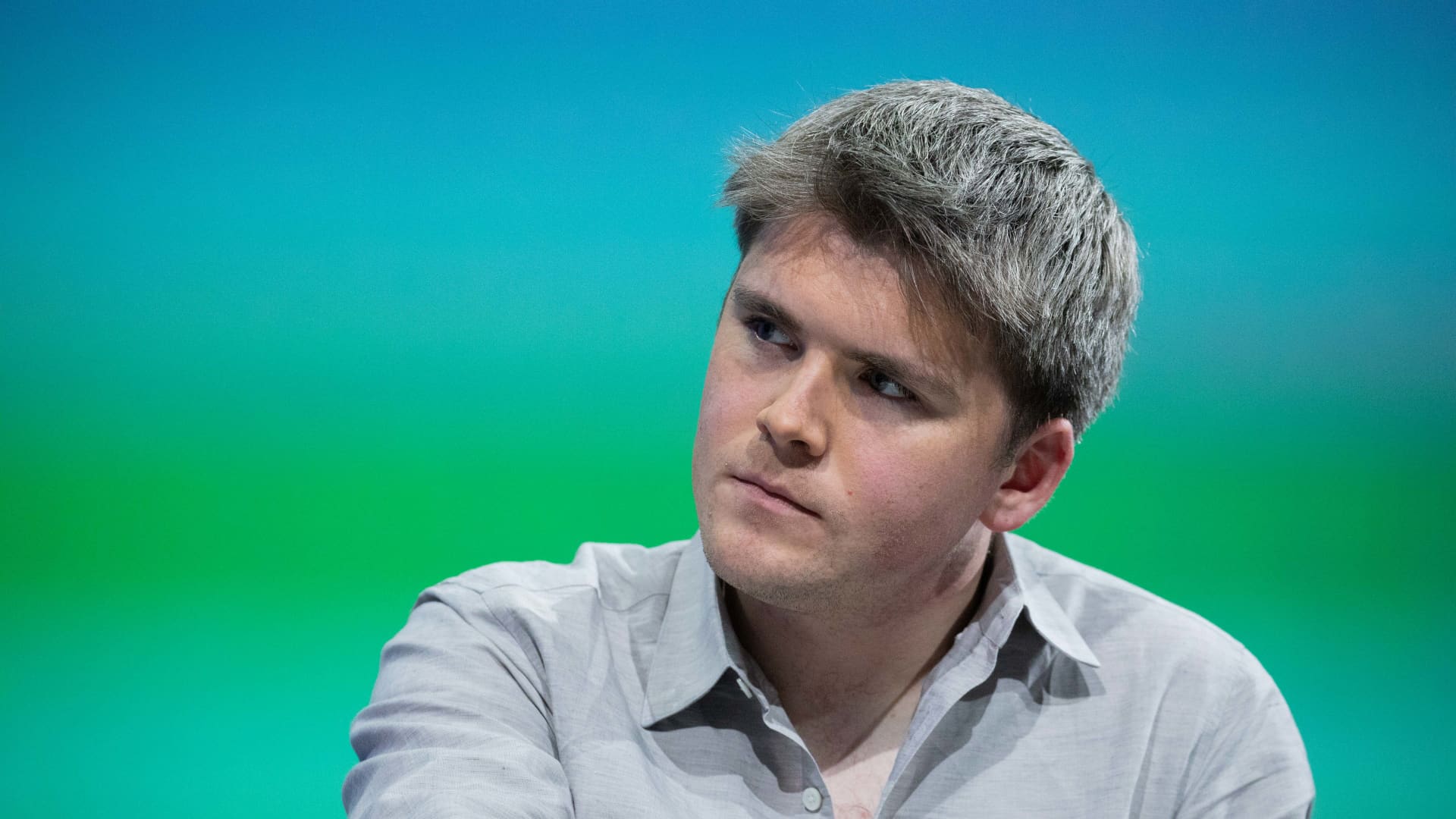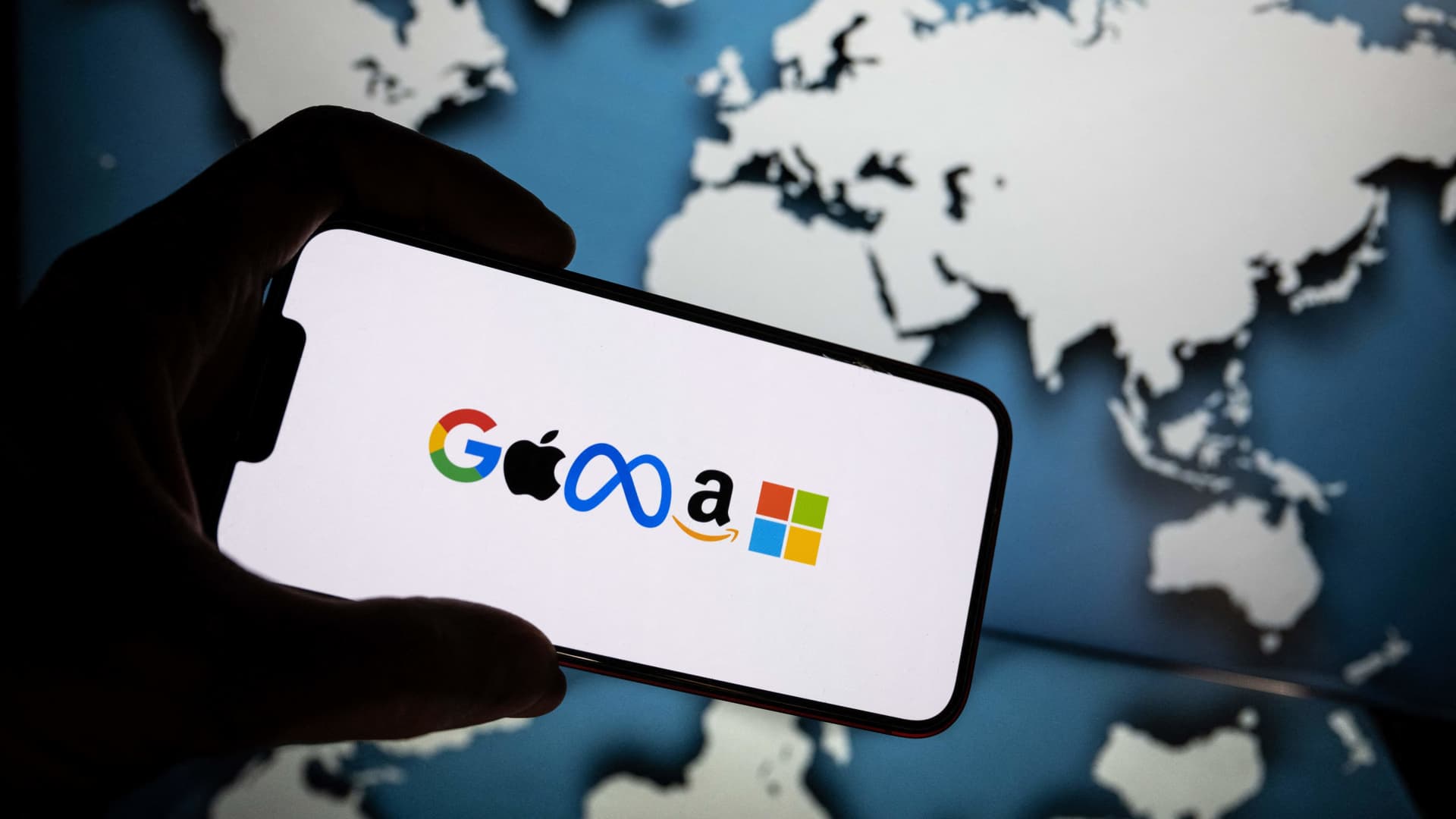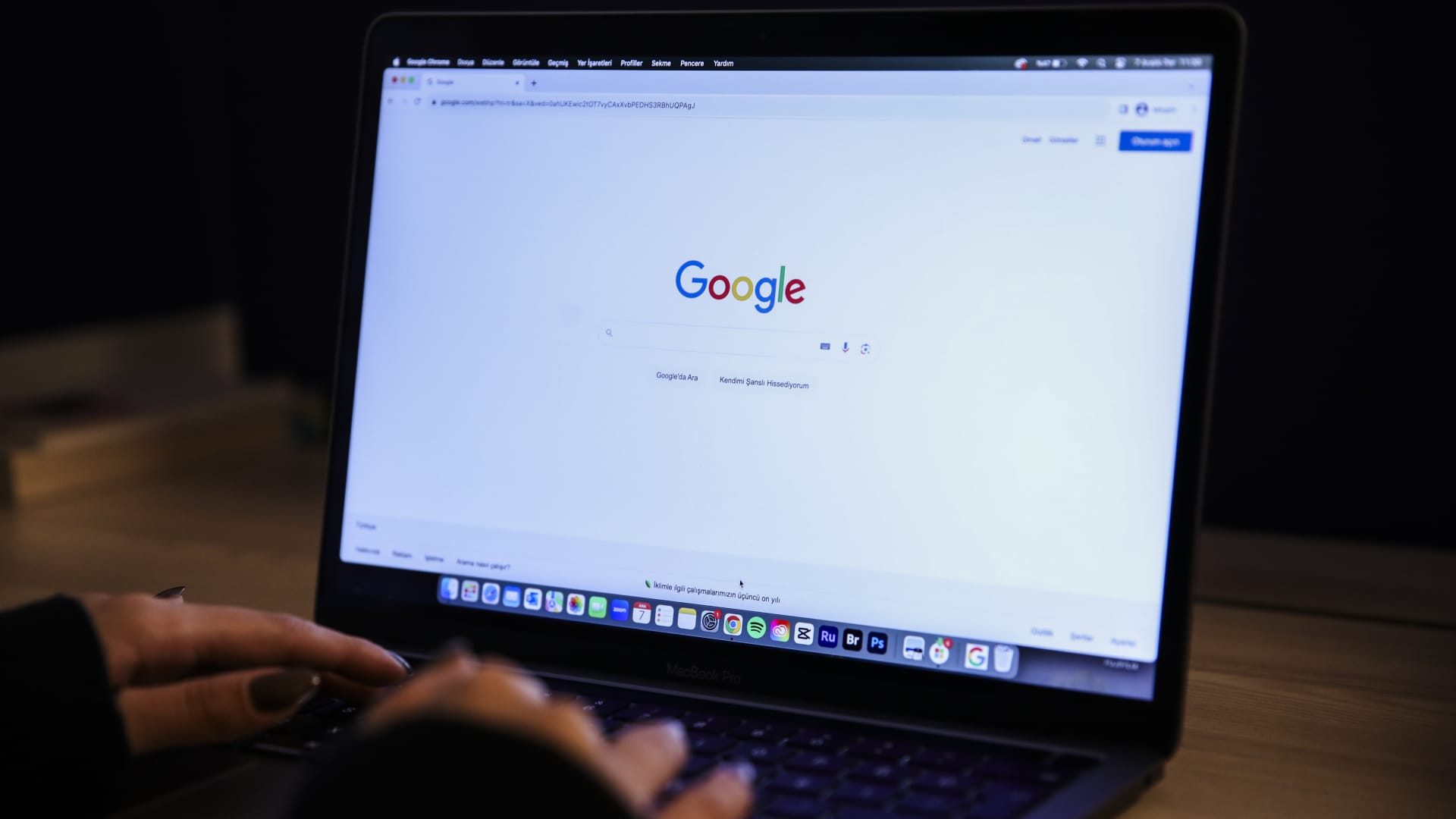John Collison, president and co-founder of Stripe.
Christophe Morin | IP3 | Getty Images
Rising interest rates crushed technology valuations and had a chilling effect on Silicon Valley. Stripe’s co-founder says it was needed.
“Broadly speaking, the effects of higher rates have been quite good,” John Collison, president of the online payments company, told CNBC in an interview at the company’s annual conference Wednesday. “The period where money was free was not a healthy time in Silicon Valley.”
Collison founded Stripe with his brother Patrick in 2010. The company took off, becoming a startup darling and racing to a valuation of $95 billion in 2021, making it one of the world’s most valuable venture-backed businesses, behind Elon Musk’s SpaceX.
Stripe had to take a major haircut along with the rest of the industry as soaring inflation and rising interest rates, starting in 2022, pushed investors out of the riskiest assets, lifted borrowing costs and forced startups to tighten their belts.
Stripe slashed its valuation to $50 billion in a 2023 financing round. Its recent employee tender offer valued the company at closer to $65 billion, The Wall Street Journal reported.
“Valuations are a product of interest rates,” Collison said. Still, he said, “Stripe’s business is the healthiest it’s ever been.” Regarding the drop in valuation, he added, “We’re not losing sleep over it.”
Stripe processed $1 trillion last year, up 25% from 2023, the company said in its annual letter.
While many tech companies took a hit in 2022 and 2023, Collison said the rising interest rate environment succeeded in flushing out the “wackiest” startup ideas, leaving the best ones to get funded.
He pointed to an “overfunding” of marginally good ideas, and “zombie companies” taking too long to go bust.
“That’s not good for dynamic capital allocation in the broader economy,” Collison said. “You want people to be working on the most valuable ideas, and not on the marginal ideas.
Following an extended stretch of rock-bottom borrowing costs, the Federal Reserve started lifting rates in 2022, and hiked its benchmark rate last year to the highest since 2001. Rates have held steady since, and recent statements by Fed Chair Jerome Powell and other policymakers have cemented the notion that cuts aren’t coming in the next several months.
Federal Reserve Bank Chair Jerome Powell speaks during a news conference at the bank’s William McChesney Martin building on March 20, 2024 in Washington, DC.
Chip Somodevilla | Getty Images News | Getty Images
Collison said there’s more pain coming.
The “point of high rates is that they should hurt, and they haven’t hurt enough yet,” he said. “We should just assume that the hurt takes a bit longer to arrive.”
One part of the tech market that’s powering through the higher rate environment is artificial intelligence, where there “seems to be a new AI funding round every week,” Collison said.
This week, Perplexity announced a $63 million funding round that pushed its valuation above $1 billion. SoftBank and Jeff Bezos are among its backers.
Stripe is benefiting in its own way from the euphoria. OpenAI, Anthropic and Hugging Face are among the AI startups using the company’s payment processing technology.
“I can’t remember a time in Silicon Valley where it has felt like there was as much interest in tech advances taking place,” Collison said of the AI boom. “It’s just a fun time to be in tech, broadly.”
As for Stripe’s future, an eventual IPO has been a source of speculation for years given the company’s lofty valuation and its roster of high-profile backers thirsting for a return on their investment. Collison said Stripe is in “no rush,” and that executives are focused on providing liquidity to employees through secondary share sales.
“We have no timeline that we’re announcing on being a public company,” he said. “The thing that we were quite focused on is making sure that there is good liquidity for employees.”
WATCH: Nasdaq CEO on Q1 results and IPO landscape







